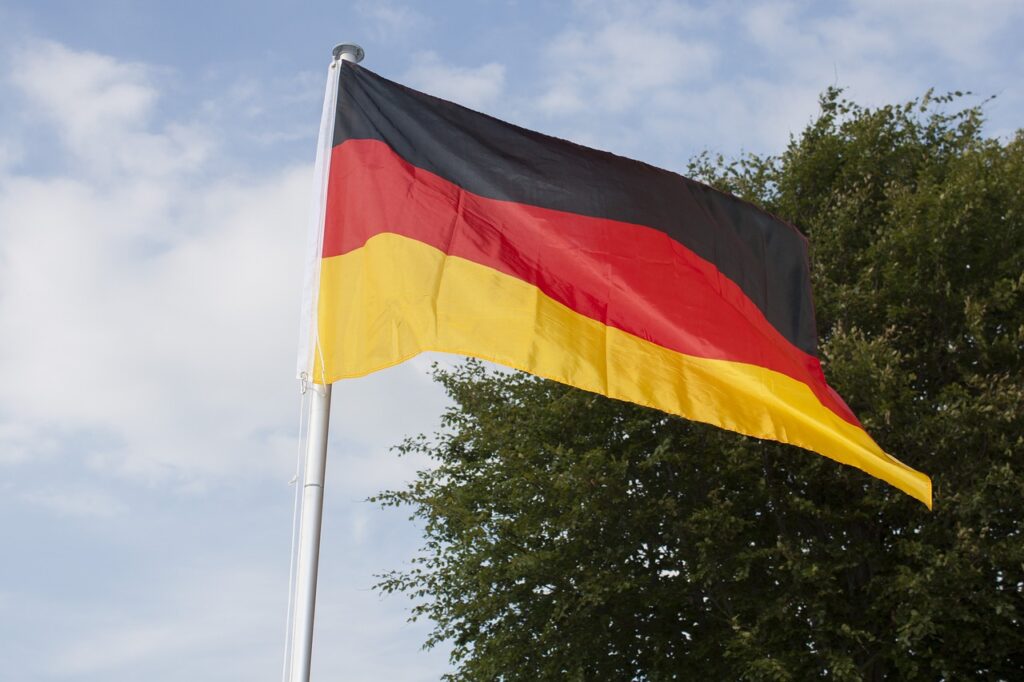Germany has long aimed to establish itself as a leader in the clean hydrogen economy, viewing hydrogen as essential for decarbonizing its industrial sectors, power generation, and transportation.
The country has made notable advancements in 2024, including the launch of innovative support schemes backed by substantial funding and the approval for construction of a nationwide hydrogen network. However, 2024 has also seen delays and setbacks that raise questions about the achievability of ambitious targets set for the decade.
The coalition government led by the SPD, FDP, and Greens collapsed in early November 2024, leaving the hydrogen sector concerned about potential stagnation in policy progress until a new government is formed. Despite this uncertainty, Germany remains committed to its hydrogen initiatives, which include significant consumption of conventional ‘grey’ hydrogen and ambitious plans for transitioning to cleaner alternatives.
Germany is currently the largest consumer of conventional hydrogen in Europe, accounting for half of the global clean hydrogen consumption, as indicated by the IEA’s Global Hydrogen Review 2024. The government has introduced various funding mechanisms to support both large industrial players and small and medium-sized enterprises in their transition to cleaner hydrogen sources. This year, Germany advanced pioneering support mechanisms such as the carbon contracts-for-difference (CCfD) scheme, designed to provide operational support for projects seeking to reduce emissions through cleaner energy.
The first round of the CCfD scheme concluded in October 2024, with 15 successful projects selected from 17 bidders, sharing a funding pool of up to €2.8 billion. Among these projects, five will involve hydrogen use, primarily sourced from renewable methods. However, these projects collectively represent only around 6,700 tons per year of hydrogen consumption, a fraction of the 2.9 million to 3.9 million tons per year expected by 2030.
In addition to the CCfD scheme, Germany’s strategy includes plans for hydrogen-fired power generation finalized in July 2024. This strategy aims to ensure power supply security amidst the country’s coal phase-out and increasing reliance on intermittent renewables. The National Hydrogen Council forecasts that Germany could utilize 30 TWh/year of hydrogen for power generation by 2035.
Despite these advancements, uncertainties persist regarding the implementation of the revised Renewable Energy Directive (RED III), which mandates that at least 42% of industrial hydrogen used must come from renewable sources by 2030. Member states have until May 2025 to transpose RED III into national law, and as of early November 2024, Germany had not clarified its approach.
The National Hydrogen Council has advised against imposing specific obligations on individual companies or sectors due to concerns about potential burdens and competition for limited renewable hydrogen supplies. This highlights ongoing challenges as Germany strives to meet its clean hydrogen ambitions while navigating political changes and regulatory uncertainties.
